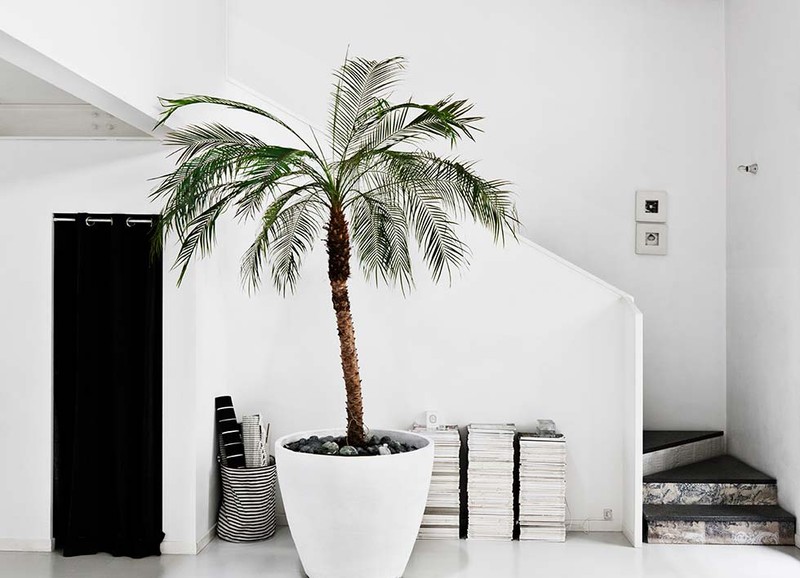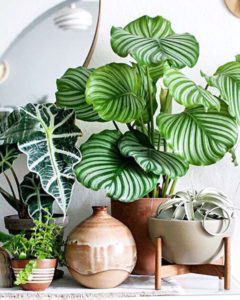Indoor plants are IN right now.
WHY? Well, why not?
I have filled my house so full of plants you could mistake it for a rainforest & I’m still trying to find room for more!
But, let’s not get carried away with the “trend”. There is a real reason why indoor plants are back & back to stay this time.
5 reasons why you should fill your house with plants:
BREATHE
- When you breathe, your body takes in oxygen and releases carbon dioxide. During photosynthesis, plants absorb carbon dioxide and release oxygen. Making plants and people natural partners. Adding plants to interior spaces can increase oxygen levels. At night, photosynthesis ceases, and plants respire like humans, absorbing oxygen and releasing carbon dioxide. A few plants – orchids, succulents and epiphytic bromeliads – do just the opposite, taking in carbon dioxide and releasing oxygen. Place these plants in bedrooms to refresh air during the night.
FOCUS
- We could all do with a little more focus in our lives from time to time Studies at The Royal College of Agriculture in Circencester, England, found that students demonstrate 70 percent greater attentiveness when they’re taught in rooms containing plants! In the same study, attendance was also higher for lectures given in classrooms with plants.
SCENT
- Use fragrant plants such as dwarf kaffir lime trees to fill your home with a wonderful fresh smell instead of using artificial air fresheners. It’s a natural and chemical-free way to freshen your home, not to mention being handy for cooking!
HEALING
- Bringing flowers or a plant while visiting a hospital patient may be verging on cliché, but so effective are plants in helping surgery patients recover that one study recommends them as a “non-invasive, inexpensive, and effective complementary medicine for surgical patients.” Plants as medicine!
CONTROL NOISE POLLUTION
- Plants have long been used to reduce noise from busy roads. More recently, research has shown another benefit: interior plants can help to reduce background noise levels inside buildings, too. Our own studies indicate that plants and their leaves absorb, diffract or reflect background noise, thereby making the environment more comfortable for the occupants.

